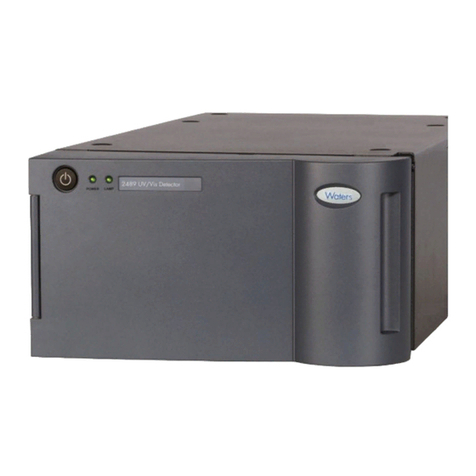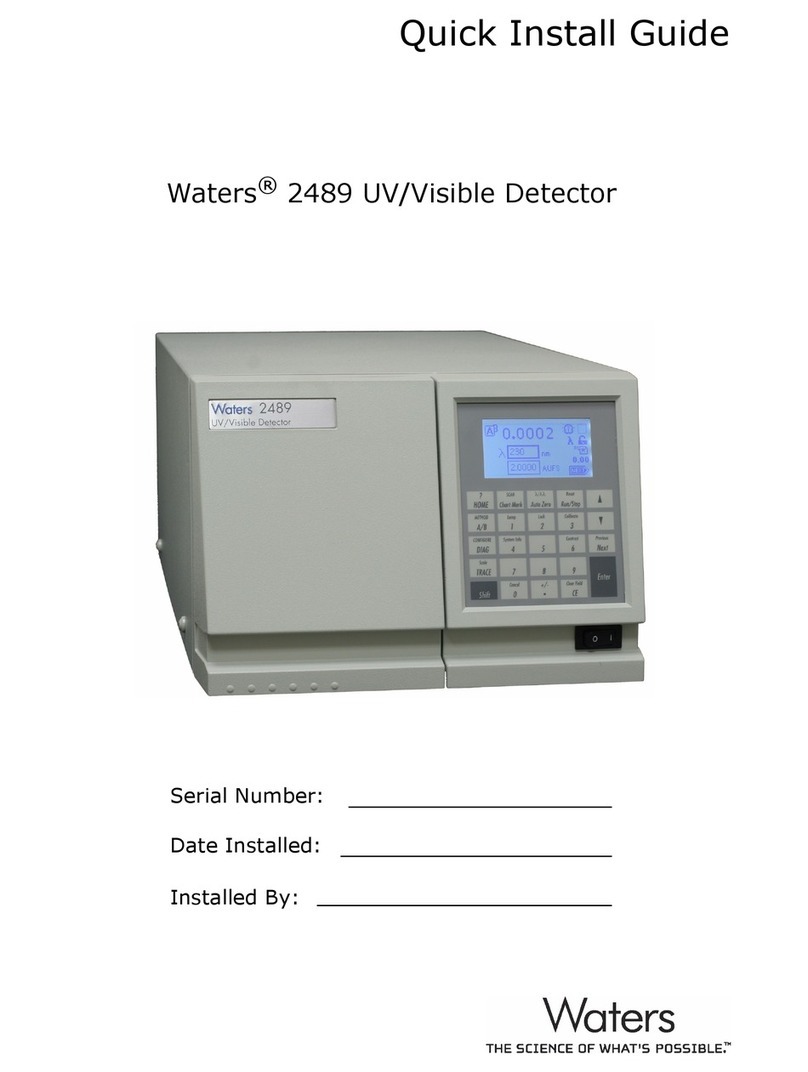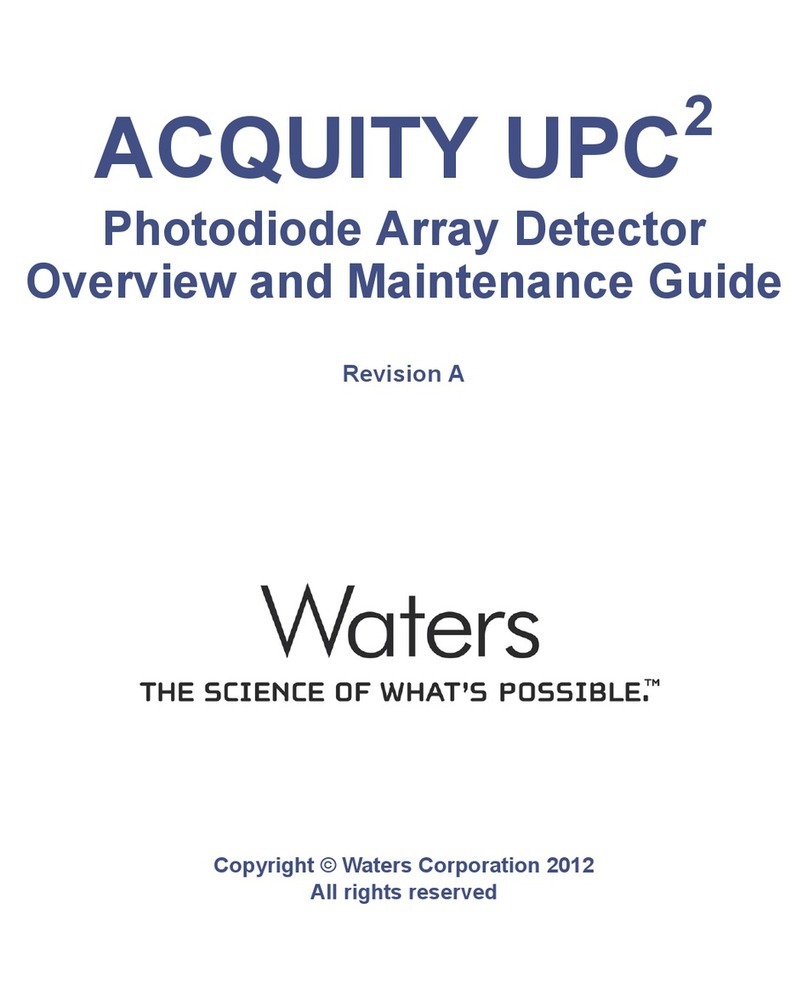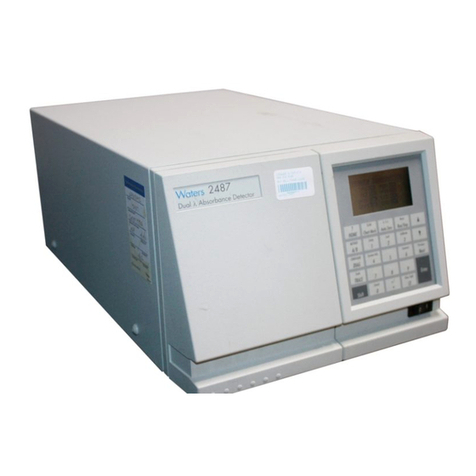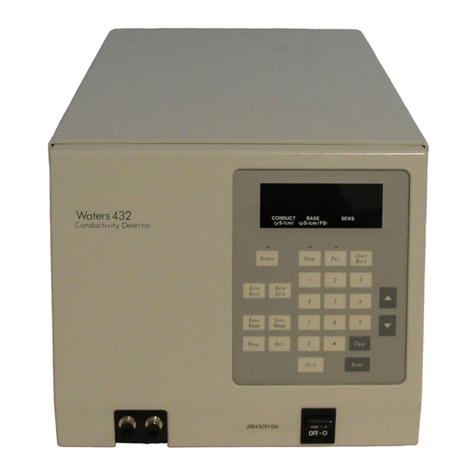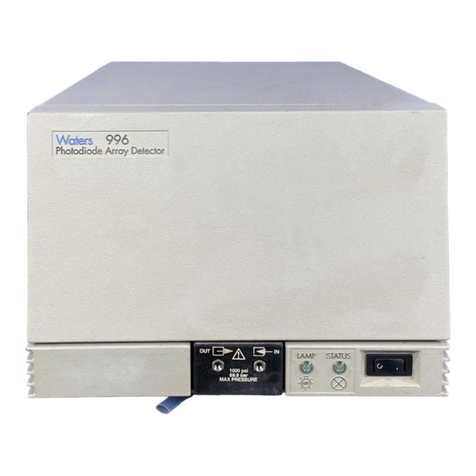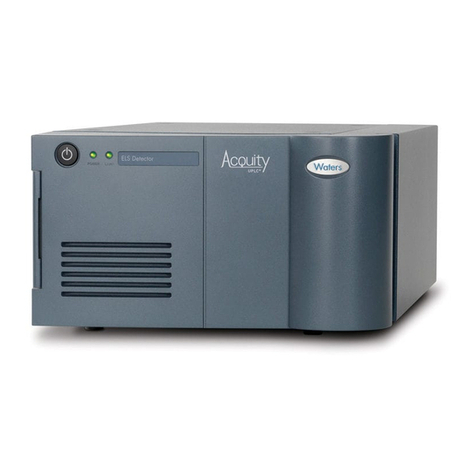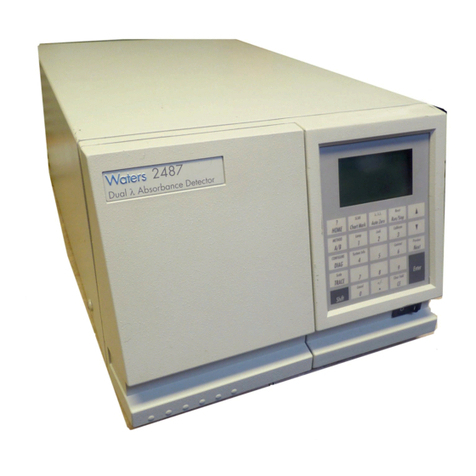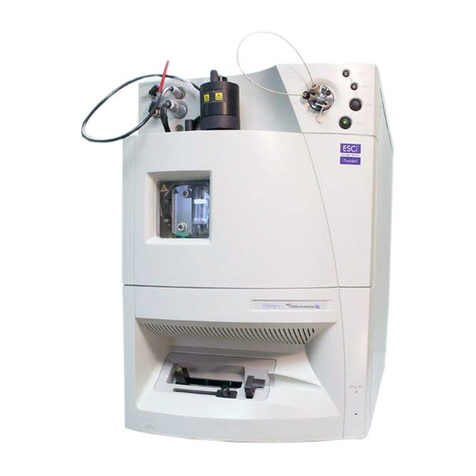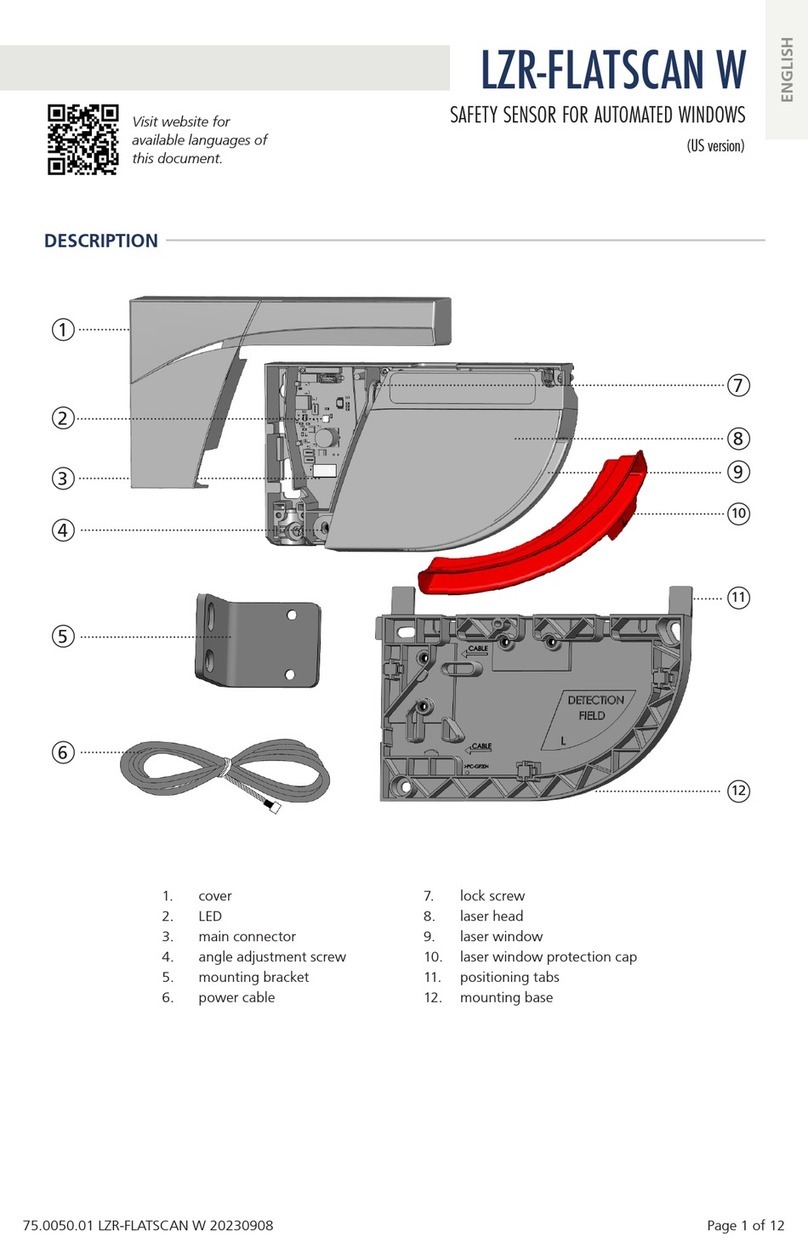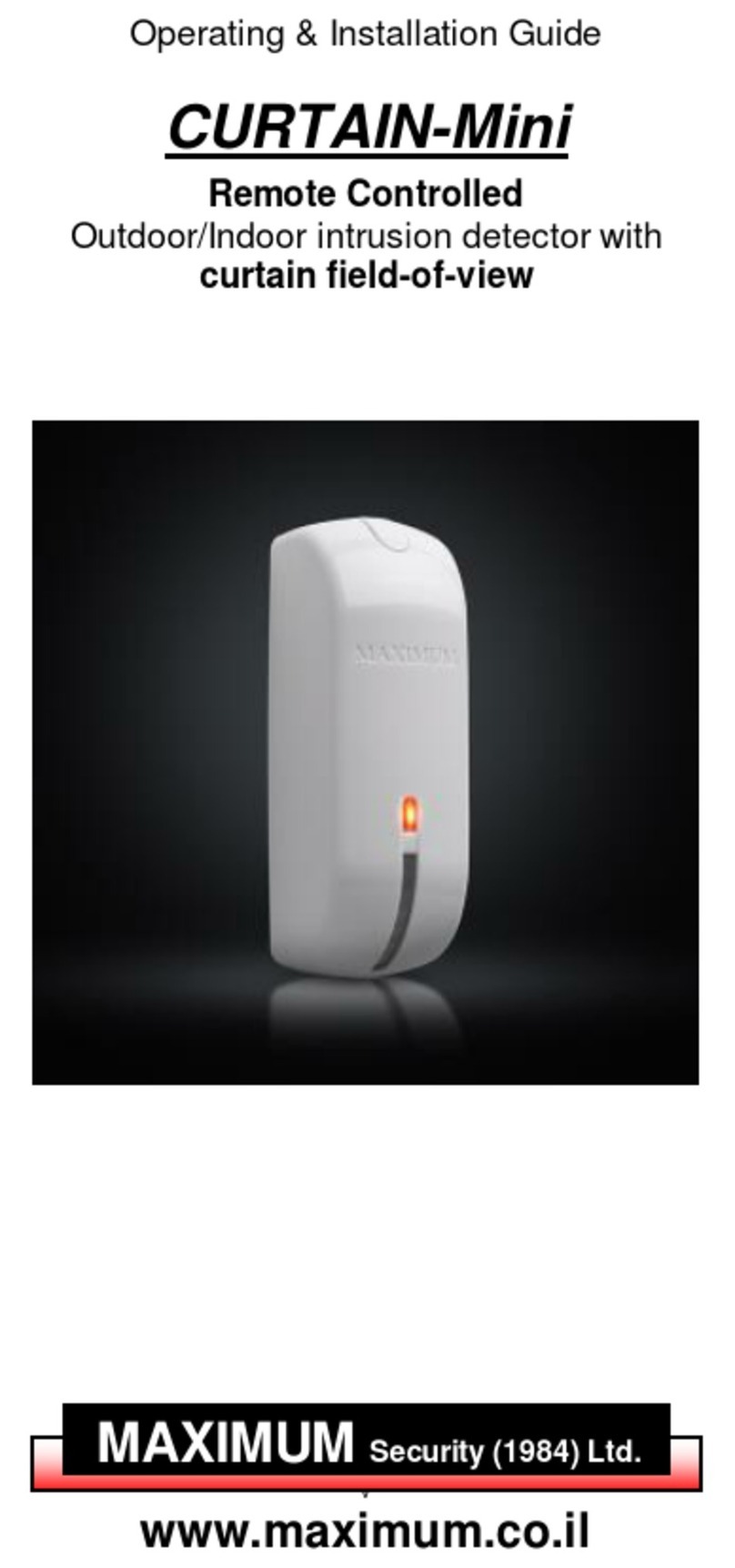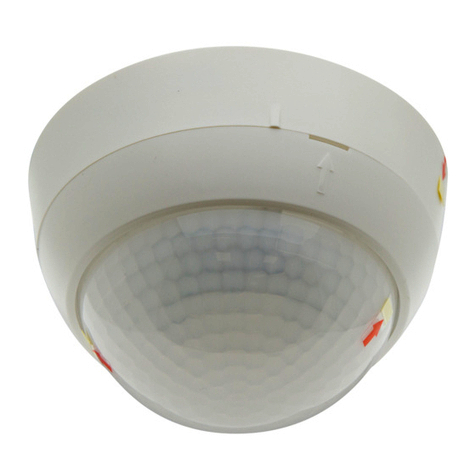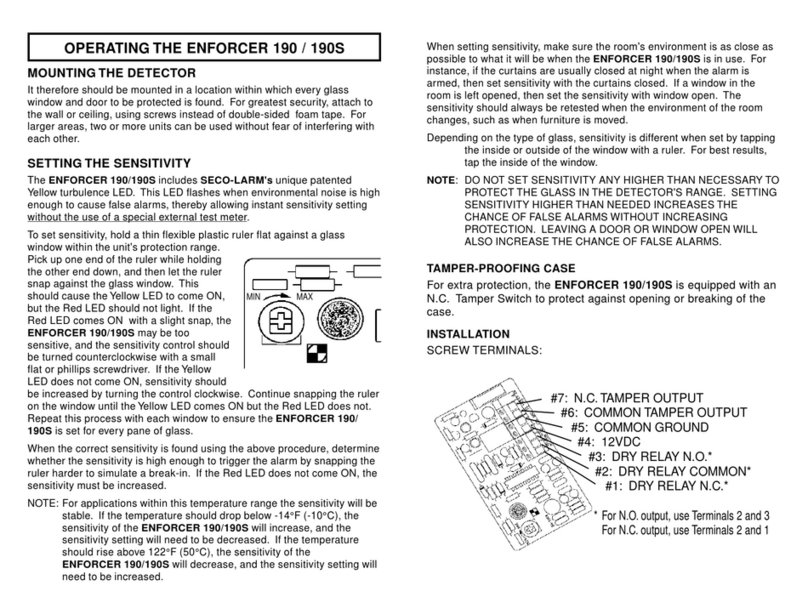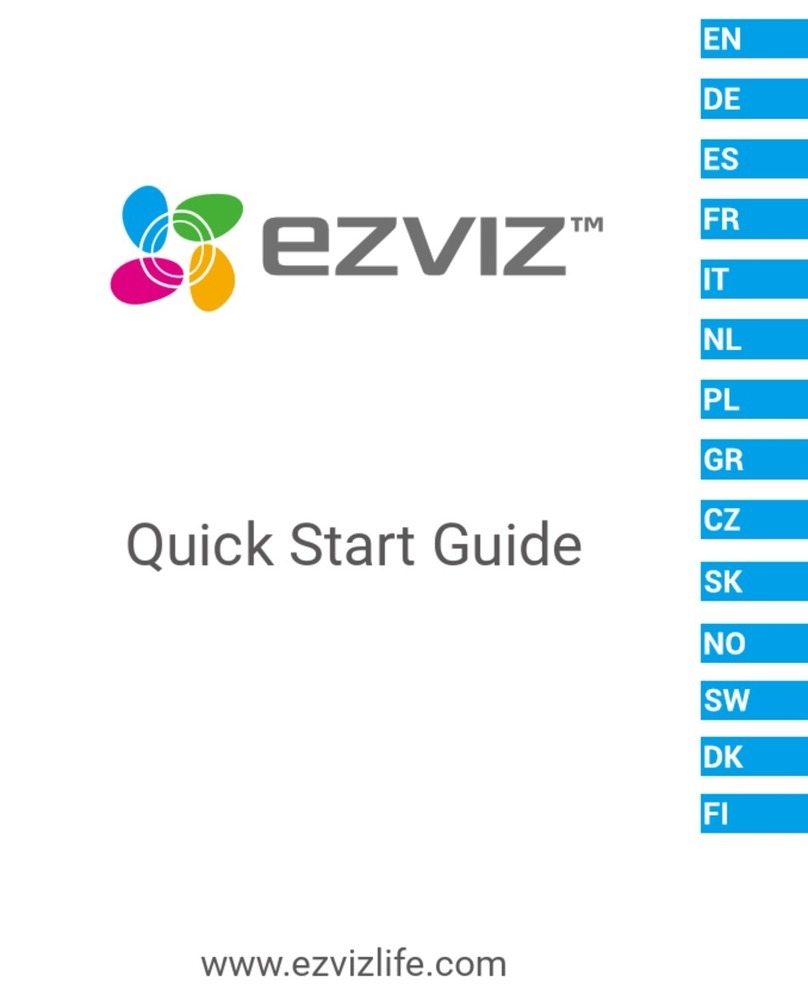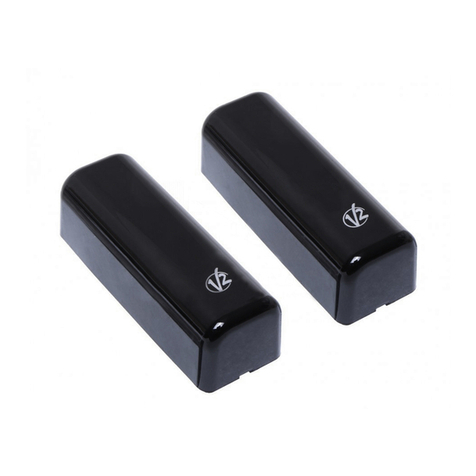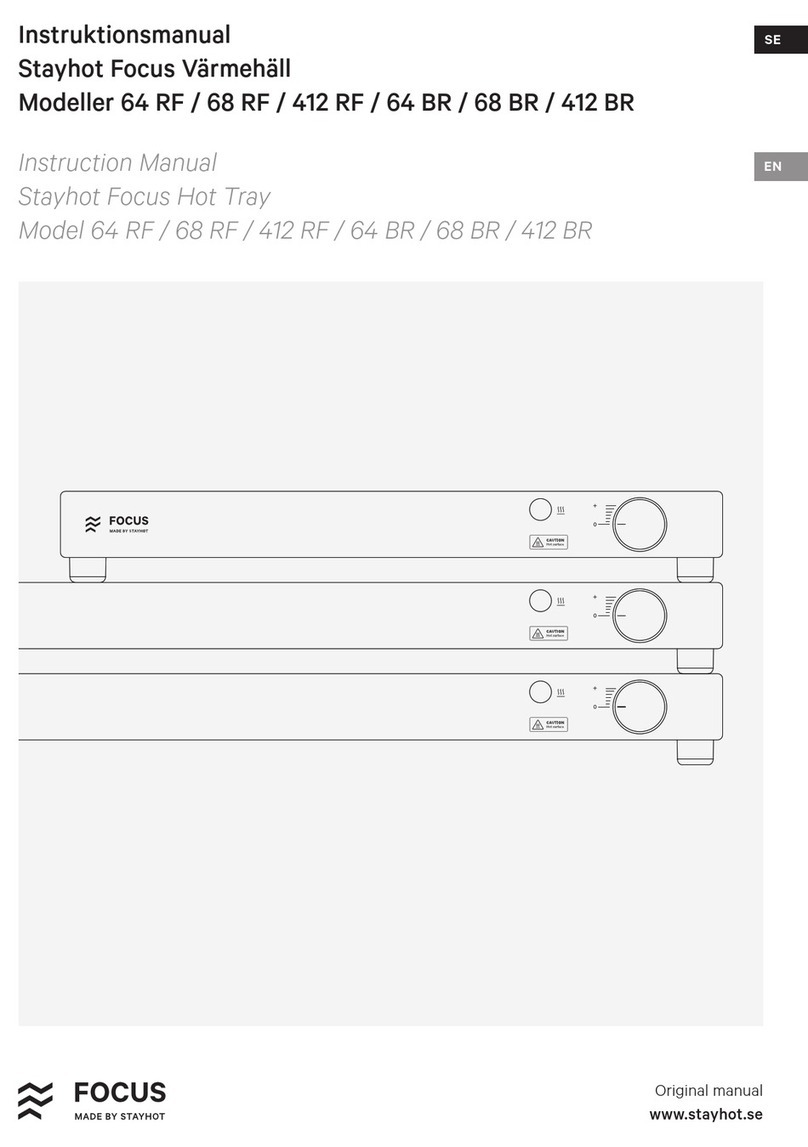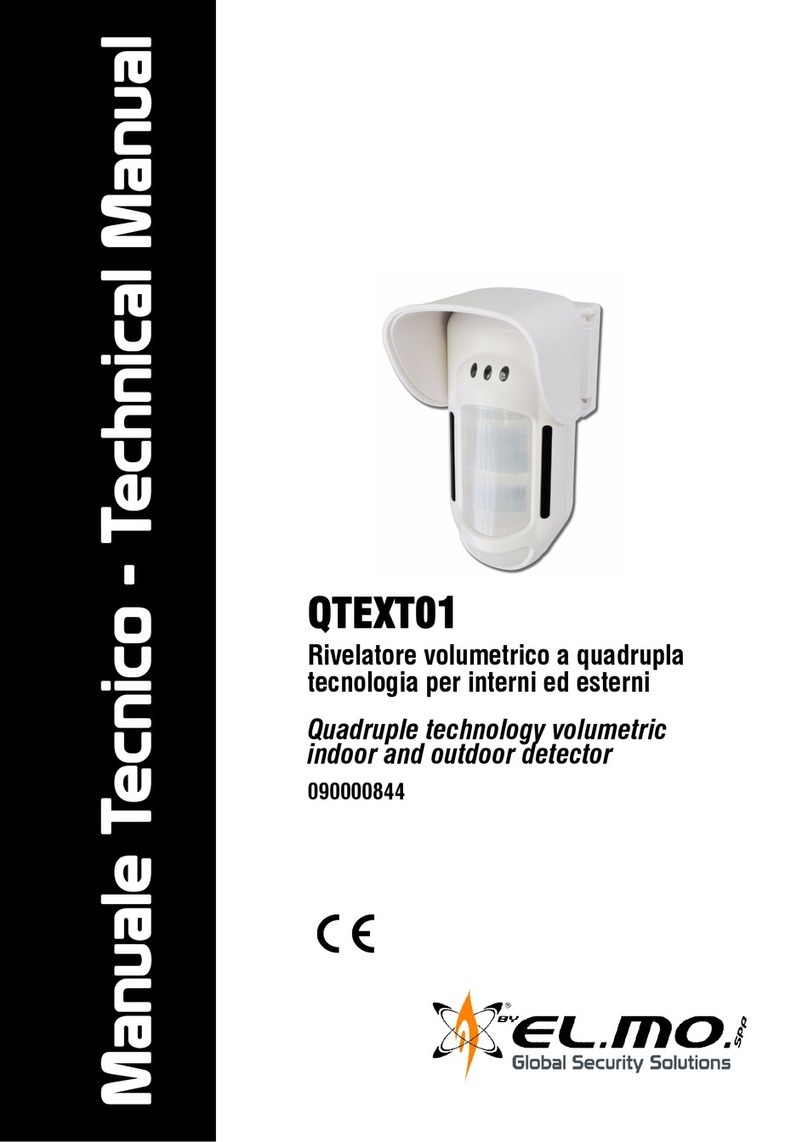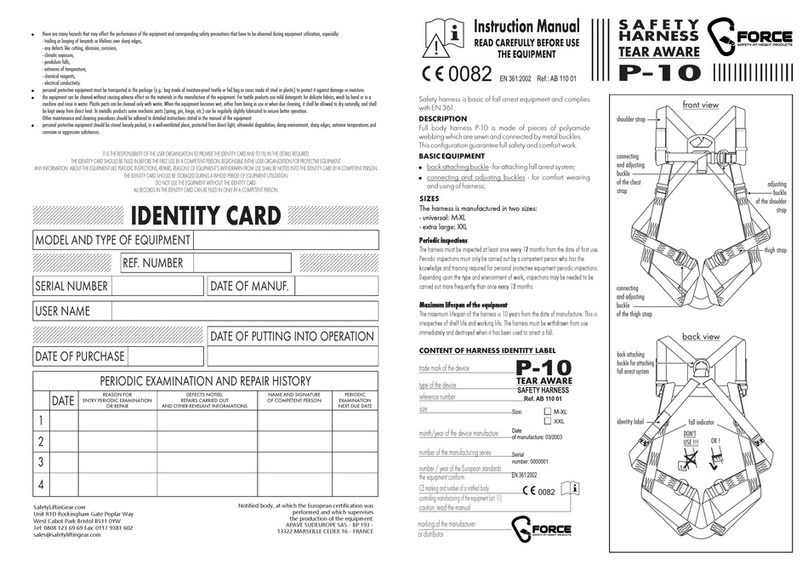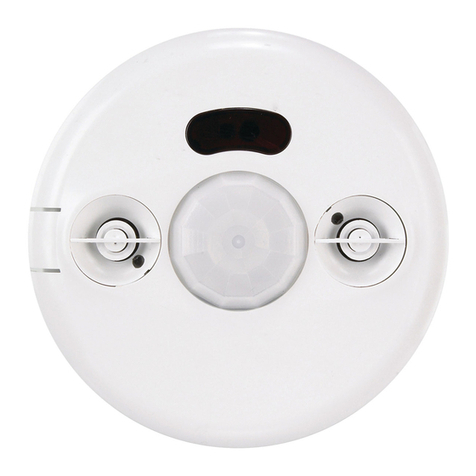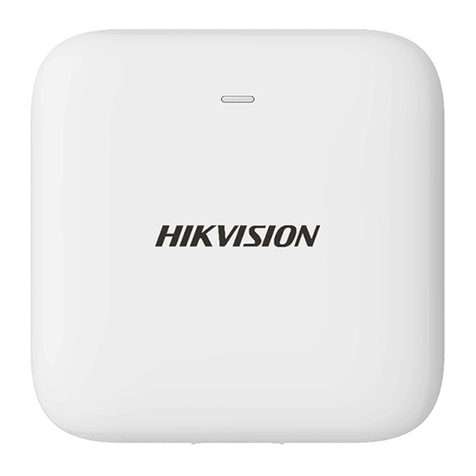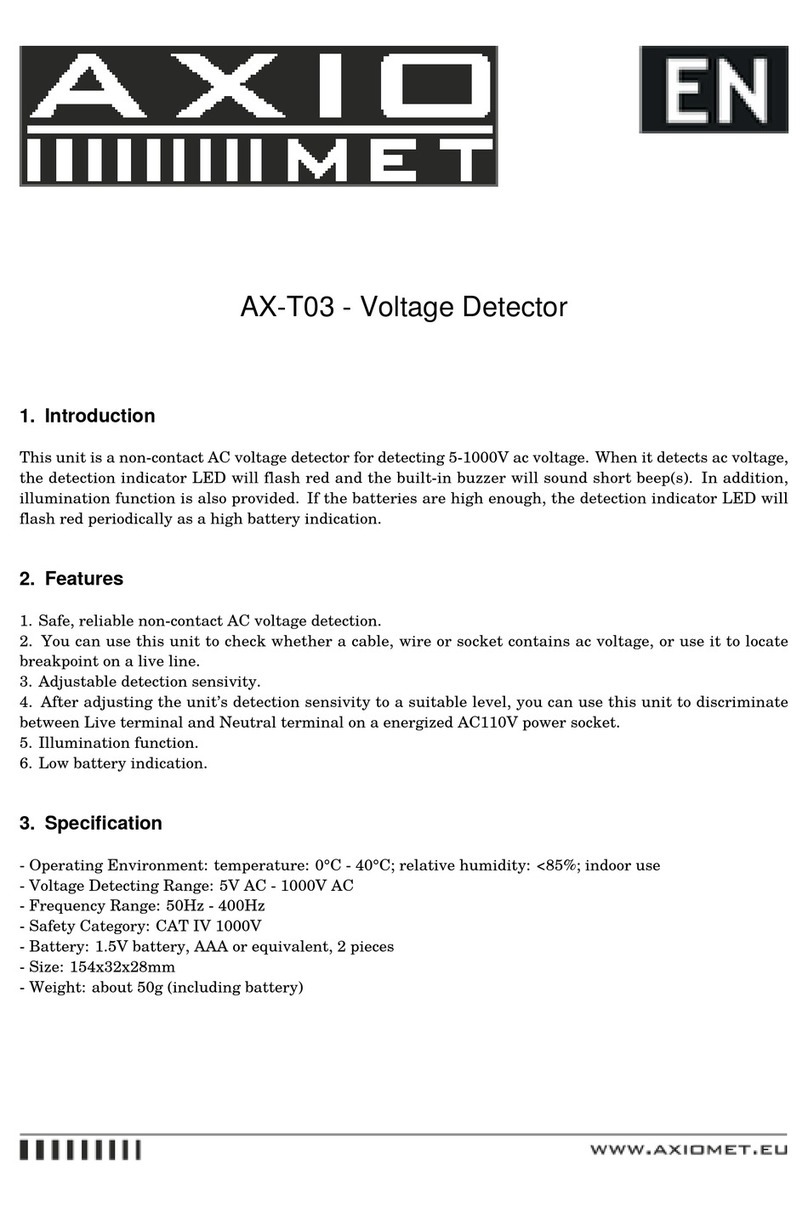Waters 2998 Manual

2998 Photodiode Array
Detector
Operator’s Guide
71500121902/Revision C
Copyright © Waters Corporation 2010
All rights reserved

ii
Copyright notice
© 2010 WATERS CORPORATION. PRINTED IN THE UNITED STATES OF
AMERICA AND IN IRELAND. ALL RIGHTS RESERVED. THIS
DOCUMENT OR PARTS THEREOF MAY NOT BE REPRODUCED IN ANY
FORM WITHOUT THE WRITTEN PERMISSION OF THE PUBLISHER.
The information in this document is subject to change without notice and
should not be construed as a commitment by Waters Corporation. Waters
Corporation assumes no responsibility for any errors that may appear in this
document. This document is believed to be complete and accurate at the time
of publication. In no event shall Waters Corporation be liable for incidental or
consequential damages in connection with, or arising from, its use.
Trademarks
Waters and Alliance are registered trademarks of Waters Corporation, and
Empower, MassLynx, SAT/IN, TaperSlit, and “THE SCIENCE OF WHAT’S
POSSIBLE.” are trademarks of Waters Corporation.
Tygon is a registered trademark of Saint-Gobain Ceramics & Plastics, Inc.
Other registered trademarks or trademarks are the sole property of their
owners.

iii
Customer comments
Waters’ Technical Communications department invites you to tell us of any
errors you encounter in this document or to suggest ideas for otherwise
improving it. Please help us better understand what you expect from our
documentation so that we can continuously improve its accuracy and
usability.
We seriously consider every customer comment we receive. You can reach us
Contacting Waters
Contact Waters®with enhancement requests or technical questions regarding
the use, transportation, removal, or disposal of any Waters product. You can
reach us via the Internet, telephone, or conventional mail.
Safety considerations
Some reagents and samples used with Waters instruments and devices can
pose chemical, biological, and radiological hazards. You must know the
potentially hazardous effects of all substances you work with. Always follow
Waters contact information
Contacting medium Information
Internet The Waters Web site includes contact
information for Waters locations worldwide.
Visit www.waters.com.
Telephone and fax From the USA or Canada, phone 800
252-HPLC, or fax 508 872 1990.
For other locations worldwide, phone and fax
numbers appear in the Waters Web site.
Conventional mail Waters Corporation
34 Maple Street
Milford, MA 01757
USA

iv
Good Laboratory Practice, and consult your organization’s safety
representative for guidance.
Safety advisories
Consult Appendix A for a comprehensive list of warning and caution
advisories.
Operating this instrument
When operating this instrument, follow standard quality-control (QC)
procedures and the guidelines presented in this section.
Applicable symbols
Audience and purpose
This guide is intended for personnel who install, operate, and maintain the
Waters 2998 Photodiode Array (PDA) detector.
Symbol Definition
Manufacturer
Authorized representative of the European
Community
Confirms that a manufactured product complies
with all applicable European Community
directives
Australia C-Tick EMC Compliant
Confirms that a manufactured product complies
with all applicable United States and Canadian
safety requirements
Consult instructions for use

v
Intended use of the 2998 Photodiode Array detector
Waters designed the 2998 Photodiode Array detector to analyze and monitor
various types of compounds. The 2998 PDA detector is for research use only.
Calibrating
To calibrate LC systems, follow acceptable calibration methods using at least
five standards to generate a standard curve. The concentration range for
standards should include the entire range of QC samples, typical specimens,
and atypical specimens.
When calibrating mass spectrometers, consult the calibration section of the
operator’s guide for the instrument you are calibrating. In cases where an
overview and maintenance guide, not operator’s guide, accompanies the
instrument, consult the instrument’s online Help system for calibration
instructions.
Quality-control
Routinely run three QC samples that represent subnormal, normal, and
above-normal levels of a compound. Ensure that QC sample results fall within
an acceptable range, and evaluate precision from day to day and run to run.
Data collected when QC samples are out of range might not be valid. Do not
report these data until you are certain that the instrument performs
satisfactorily.
ISM classification
ISM Classification: ISM Group 1 Class B
This classification has been assigned in accordance with CISPR 11 Industrial
Scientific and Medical (ISM) instruments requirements. Group 1 products
apply to intentionally generated and/or used conductively coupled
radio-frequency energy that is necessary for the internal functioning of the
equipment. Class B products are suitable for use in both commercial and
residential locations and can be directly connected to a low voltage,
power-supply network.

vi
EC authorized representative
Waters Corporation (Micromass UK Ltd.)
Floats Road
Wythenshawe
Manchester M23 9LZ
United Kingdom
Telephone: +44-161-946-2400
Fax: +44-161-946-2480
Contact: Quality manager

Table of Contents vii
Copyright notice ................................................................................................... ii
Trademarks ............................................................................................................ ii
Customer comments ............................................................................................ iii
Contacting Waters ............................................................................................... iii
Safety considerations .......................................................................................... iii
Safety advisories................................................................................................. iv
Operating this instrument ................................................................................. iv
Applicable symbols ............................................................................................. iv
Audience and purpose......................................................................................... iv
Intended use of the 2998 Photodiode Array detector......................................... v
Calibrating ........................................................................................................... v
Quality-control ..................................................................................................... v
ISM classification .................................................................................................. v
ISM Classification: ISM Group 1 Class B .......................................................... v
EC authorized representative ........................................................................... vi
1 2998 PDA Detector Optics Principles ................................................ 1-1
Detector optics ................................................................................................... 1-2
Calculating absorbance ................................................................................... 1-3
Flow cell operating principles ....................................................................... 1-4
Resolving spectral data ................................................................................... 1-5
Measuring light at the photodiode array .................................................... 1-6
Optimizing the signal-to-noise ratio ............................................................... 1-7
Optimizing filter constants ............................................................................. 1-7
Selecting the appropriate sampling rate ........................................................ 1-7
Computing absorbance data points .............................................................. 1-9
Dark current .................................................................................................... 1-9
Table of Contents

viii Table of Contents
Reference spectrum ......................................................................................... 1-9
Data averaging................................................................................................. 1-9
Filtering data ................................................................................................. 1-12
Reference wavelength compensation............................................................ 1-13
2 Setting Up the Detector ........................................................................ 2-1
Before you begin ............................................................................................... 2-2
Unpacking and inspecting .............................................................................. 2-2
Laboratory site selection ................................................................................ 2-3
Detector dimensions ........................................................................................ 2-4
Connecting to the electricity source ............................................................ 2-4
Making signal connections ............................................................................. 2-5
Connecting the Ethernet cable........................................................................ 2-6
Network installation guidelines...................................................................... 2-7
Connecting to other instruments .................................................................... 2-8
Plumbing the detector ................................................................................... 2-16
Making the gas supply connection................................................................ 2-18
Starting up and shutting down the detector ............................................ 2-18
Starting up the detector ................................................................................ 2-19
Monitoring detector LEDs............................................................................. 2-20
Shutting down the detector........................................................................... 2-21
Using a cuvette ................................................................................................ 2-21
3 Maintaining the Detector ..................................................................... 3-1
Contacting Waters technical service ............................................................ 3-2
Maintenance considerations .......................................................................... 3-2
Safety and handling......................................................................................... 3-2
Spare parts....................................................................................................... 3-3
Routine Maintenance ....................................................................................... 3-3
Maintaining the flow cell ................................................................................ 3-4
Flushing the flow cell....................................................................................... 3-4

Table of Contents ix
Replacing the flow cell..................................................................................... 3-5
Replacing the lamp ........................................................................................... 3-7
Replacing the fuses ......................................................................................... 3-10
4 Diagnostic Tests and Troubleshooting ............................................. 4-1
Diagnostic tests ................................................................................................. 4-2
Verifying detector calibration ......................................................................... 4-2
Reading lamp energy ....................................................................................... 4-3
Performing the erbium calibration ................................................................. 4-3
Reading the calibration constants .................................................................. 4-4
Displaying PDA detector rear panel interface connections........................... 4-4
Changing the rear panel interface connections.............................................. 4-5
General troubleshooting ................................................................................. 4-6
Power surges .................................................................................................... 4-6
Clearing bubbles from the flow cell ................................................................ 4-7
Detector troubleshooting ................................................................................. 4-7
5 Spectral Contrast Theory ..................................................................... 5-1
Comparing absorbance spectra ..................................................................... 5-2
Representing spectra as vectors ................................................................... 5-2
Vectors derived from two wavelengths........................................................... 5-3
Vectors derived from multiple wavelengths................................................... 5-4
Spectral contrast angles .................................................................................. 5-4
Undesirable effects ........................................................................................... 5-7
Detector noise................................................................................................... 5-8
Photometric error............................................................................................. 5-8
Solvent changes ............................................................................................... 5-8
Threshold angle ............................................................................................... 5-8
A Safety Advisories .................................................................................. A-1
Warning symbols ............................................................................................... A-2
Task-specific hazard warnings........................................................................ A-2
Specific warnings ............................................................................................. A-3

x Table of Contents
Caution symbol .................................................................................................. A-5
Warnings that apply to all Waters instruments ......................................... A-6
Electrical and handling symbols ................................................................. A-12
Electrical symbols .......................................................................................... A-12
Handling symbols .......................................................................................... A-13
B Specifications ........................................................................................ B-1
C Solvent Considerations ....................................................................... C-1
Introduction ...................................................................................................... C-2
Clean solvents .................................................................................................. C-2
Solvent quality ................................................................................................. C-2
Preparation checklist....................................................................................... C-2
Water ................................................................................................................ C-2
Using buffers.................................................................................................... C-2
Tetrahydrofuran .............................................................................................. C-3
Solvent miscibility ........................................................................................... C-3
How to use miscibility numbers...................................................................... C-5
Buffered solvents ............................................................................................. C-6
Head height ....................................................................................................... C-6
Minimum tubing bend radius recommendations ..................................... C-6
Solvent viscosity ............................................................................................... C-7
Mobile phase solvent degassing ................................................................... C-7
Gas solubility ................................................................................................... C-7
Solvent degassing methods ............................................................................ C-8
Sparging ........................................................................................................... C-9
Vacuum degassing ........................................................................................... C-9
Solvent degassing considerations ................................................................... C-9
Wavelength selection .................................................................................... C-10
UV cutoffs for common solvents.................................................................... C-10
Mixed mobile phases...................................................................................... C-12

Table of Contents xi
Wavelength selection for chromophore detection......................................... C-13
Mobile phase absorbance............................................................................... C-14
Index ..................................................................................................... Index-1

xii Table of Contents

1-1
12998 PDA Detector Optics
Principles
To use the 2998 PDA detector effectively, you should understand the
principles that underlie operation of the detector’s optics and electronics.
Contents:
Topic Page
Detector optics 1-2
Flow cell operating principles 1-4
Resolving spectral data 1-5
Measuring light at the photodiode array 1-6
Computing absorbance data points 1-9

1-2 2998 PDA Detector Optics Principles
Detector optics
The detector is an ultraviolet/visible light (UV/Vis) spectrophotometer. With a
photodiode array of 512 photodiodes and an optical resolution of 1.2 nm, the
detector operates within a range of 190 to 800 nm.
The figure below illustrates the light path through the optics assembly of the
detector.
Optics assembly light path
The following table describes the optics assembly components.
Optics assembly components
Component Function
Lamp Deuterium source lamp.
M1 mirror Focuses light from the deuterium source lamp.
TP02819
Grating
Photodiode
array
Spectrograph
mirror and
mask
Flow cell
Window
Filter
flag/shutter
Lamp
Order filter
M1 mirror Slit

Detector optics 1-3
Calculating absorbance
The detector computes absorbance by subtracting the dark current (see “Dark
current” on page 1-9) from the reference spectrum (reference energy) and the
acquired spectrum (sample energy). Absorbance is based on the principles of
Beer’s law.
Beer’s law
The Beer-Lambert law (commonly called Beer’s law) describes the
relationship between the quantity of light of a particular wavelength arriving
Window Used to help minimize air infiltration into the lamp
housing.
Filter flag/shutter Flag positions for measuring open (sample) and
blocked (dark) beam energies and a third for
wavelength verification.
Flow cell Houses the segment of the flow path (containing eluent
and sample) through which the polychromatic light
beam passes.
Spectrograph
mirror and mask
The mirror focuses light transmitted through the flow
cell onto the slit at the entrance to the spectrographic
portion of the optics. The mirror mask defines the size
of the beam at the grating.
Slit Determines wavelength resolution and intensity of
light striking the photodiodes. The width of the slit is
50 µm.
Grating Disperses light into bands of wavelengths and focuses
them onto the plane of the photodiode array.
Order filter Reduces the contribution of second-order diffraction of
UV light (less than 370 nm) to the light intensity
observed at visible wavelengths (greater than 370).
Photodiode array A linear array of 512 photodiodes. The diode width
(50 µm), together with a 50-µm slit, yields single
wavelength resolution of 1.2 nm.
Optics assembly components (Continued)
Component Function

1-4 2998 PDA Detector Optics Principles
at the photodiode and the concentration of the sample passing through the
flow cell. Beer’s law is expressed as A= εlc where
A= dimensionless quantity measured in absorbance units
ε = constant of proportionality known as the molar absorptivity
l= path length in centimeters (1.0 cm in the detector’s normal flow cell)
c= concentration in moles per liter
Beer’s law applies only to well-equilibrated dilute solutions. It assumes that
the refractive index of the sample remains constant, that the light is
monochromatic, and that no stray light reaches the detector element. As
concentration increases, the chemical and instrumental requirements of
Beer’s law are sometimes violated, resulting in a deviation from (absorbance
versus concentration) linearity. The absorbance of mobile phase can reduce
the linear range.
Absorbance as a function of concentration
Flow cell operating principles
The Waters TaperSlit™ flow cell used in the 2998 detector renders the
detector baseline essentially insensitive to changes in mobile phase refractive
index (RI). RI changes occur during gradient separations or result from
temperature or pump-induced pressure fluctuations.
To achieve RI immunity, a combination of a spherical mirror, a lens at the
entrance of the flow cell, and a taper to the internal bore of the flow cell
Concentration
Absorbance
Ideal
Actual
Linear range
for analyte

Resolving spectral data 1-5
prevents light rays from striking the internal walls of the flow cell. The
Waters TaperSlit flow cell, so-called because of the shape of the flow cell exit
face, matches the shape of the spectrograph slit. Compared to a conventional
flow cell with a cylindrical shape, the 2998 detector achieves higher light
throughput for a given spectral resolution with the TaperSlit cell design.
Comparison of flow cell characteristics
Resolving spectral data
Together with photodiode spacing, the detector’s 50-µm slit determines the
intensity and bandwidth of the light that strikes the photodiode array.
Reducing the bandwidth increases the resolving power of the detector. As a
result, similar spectra are more effectively distinguished.
The grating images the slit onto the photodiode array. The angle of diffraction
from the grating determines the wavelength that strikes a particular
photodiode in the array.
The following figure shows an absorbance spectrum of benzene. Note that the
wavelength resolution is sufficient to resolve five principal absorption peaks.
Window
Window
UV light
Conventional flow cell:
TaperSlit analytical flow cell:
Window
Lens
UV light

1-6 2998 PDA Detector Optics Principles
Benzene spectrum at different resolutions
Measuring light at the photodiode array
The detector measures the amount of light striking the photodiode array to
determine the absorbance of the sample in the flow cell.
The array consists of a row of 512 photodiodes. Each photodiode acts as a
capacitor initially holding a fixed amount of charge.
Light striking a photodiode discharges the diode. The magnitude of the
discharge depends on the amount of light striking the photodiode.
Absorbance
nm
230.00 250.00 270.00
1.2 nm
3.6 nm

Measuring light at the photodiode array 1-7
Photodiodes discharged by light
The detector measures the amount of charge required to recharge each
photodiode. The charge is proportional to the amount of light transmitted
through the flow cell over the interval specified by the diode exposure time.
Optimizing the signal-to-noise ratio
To optimize signal-to-noise ratios, choose an acquisition wavelength range
that includes only the wavelengths of interest. Ensure that the range is one in
which the mobile phase absorbs only minimally (see Appendix C). You can
further improve the signal-to-noise ratio by increasing the bandwidth
parameter. For example, you can choose to operate at 3.6 nm instead of at
1.2 nm resolution. See page 1-10 for more information.
Optimizing filter constants
The filtering constant you select affects the peak intensity. To increase
sensitivity, decrease the filter time constant.
Selecting the appropriate sampling rate
A sufficient number of points must fall across a peak to define its shape. Thus,
the definition between peaks is lost at very low sampling rates. Empower uses
Mirror
Grating
Flow cell
Deuterium lamp
Light from grating
dispersed onto
diodes.
Sample in flow cell
absorbs at specific
wavelengths.
Slit

1-8 2998 PDA Detector Optics Principles
the end time minus the start time, to calculate the Points Across Peak value
for each integrated peak in the chromatogram.
Tip: The Points Across Peak value appears in the Peaks table, at the bottom of
the Review Main window. If the Points Across Peak field is not visible,
right-click anywhere in the table, and then click Table Properties. Click the
Columns tab, and then scroll down to find the Points Across Peak field. Clear
the check box, and then click OK.
If the Points Across Peak value for the narrowest peak of interest is less than
25, you should specify a higher sampling rate in the instrument method. If the
value is greater than 50, you should specify a lower sampling rate in the
instrument method.
Example of how baseline noise increases with higher sampling rates
5 Hz
10 Hz
20 Hz
40 Hz
Other manuals for 2998
1
Table of contents
Other Waters Security Sensor manuals
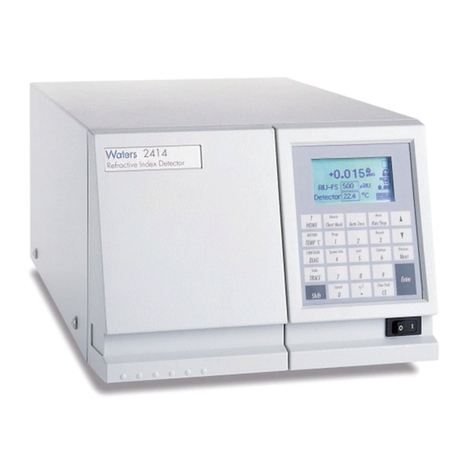
Waters
Waters 2414 Operating manual
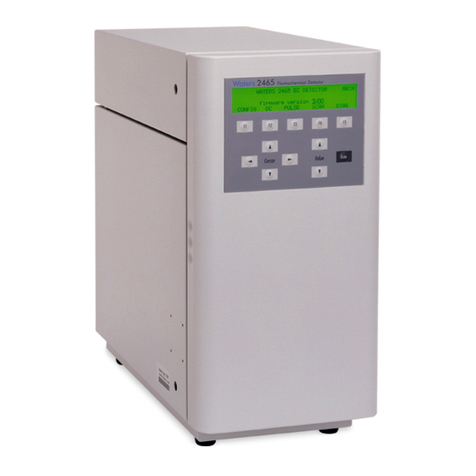
Waters
Waters 2465 User manual
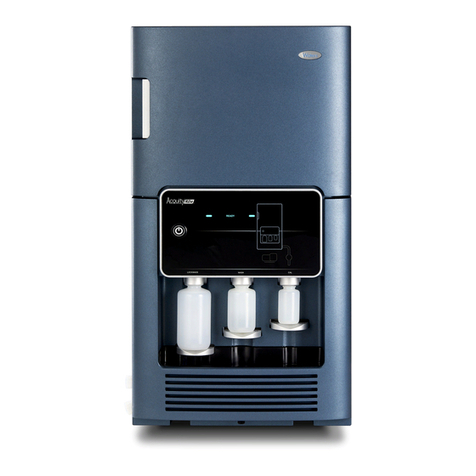
Waters
Waters ACQUITY RDa Operating manual
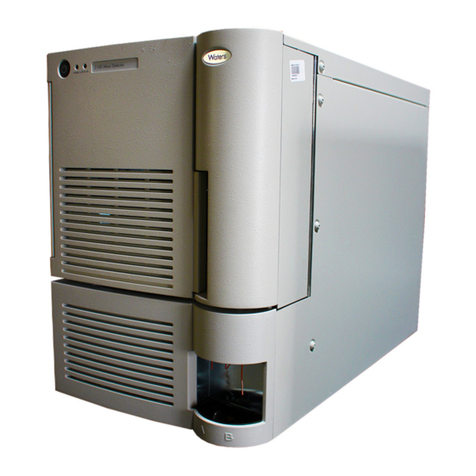
Waters
Waters 3100 Manual

Waters
Waters ACQUITY UPLC Operating manual
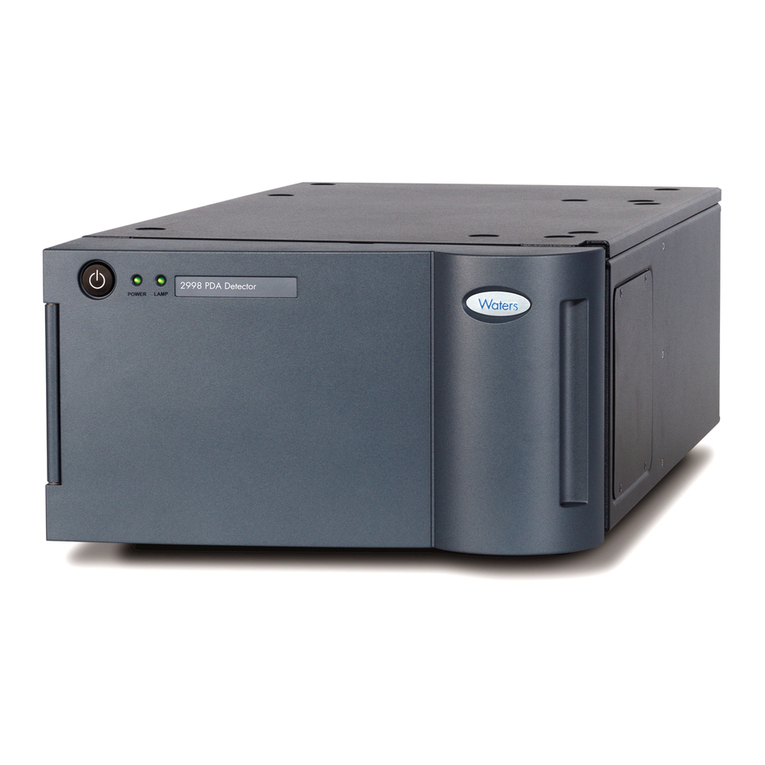
Waters
Waters 2998 Operating manual
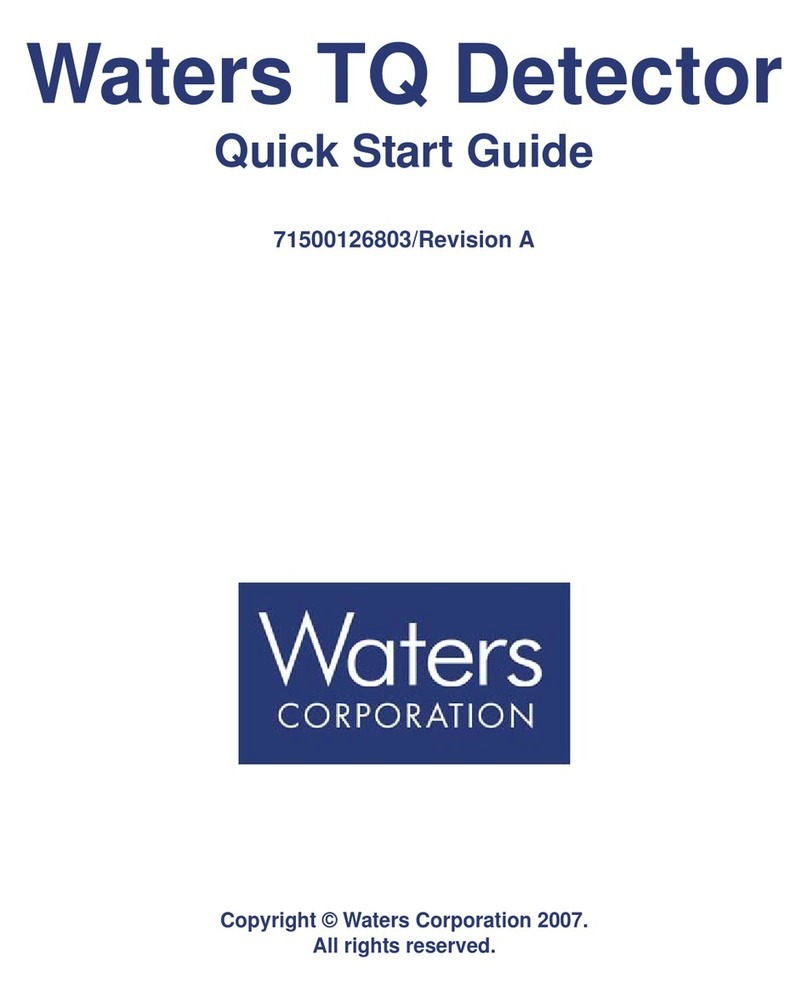
Waters
Waters TQ Detector User manual

Waters
Waters ACQUITY Operating manual
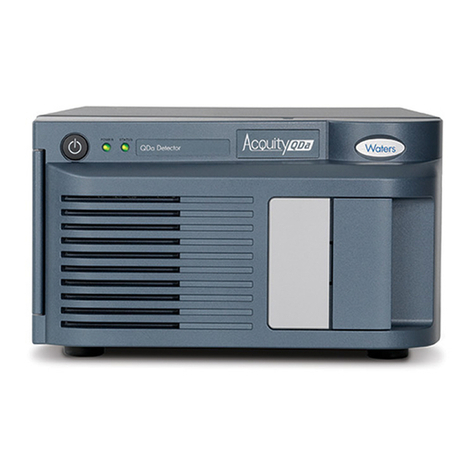
Waters
Waters ACQUITY QDa Operating manual
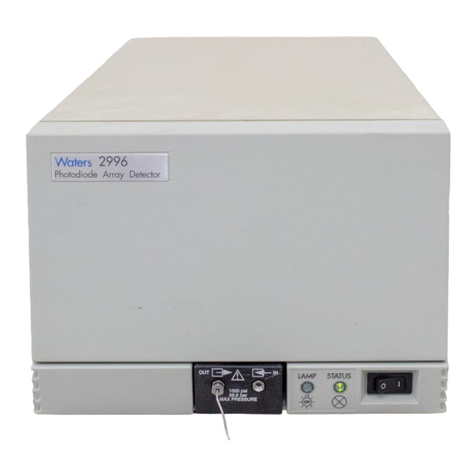
Waters
Waters 2996 Manual
Popular Security Sensor manuals by other brands
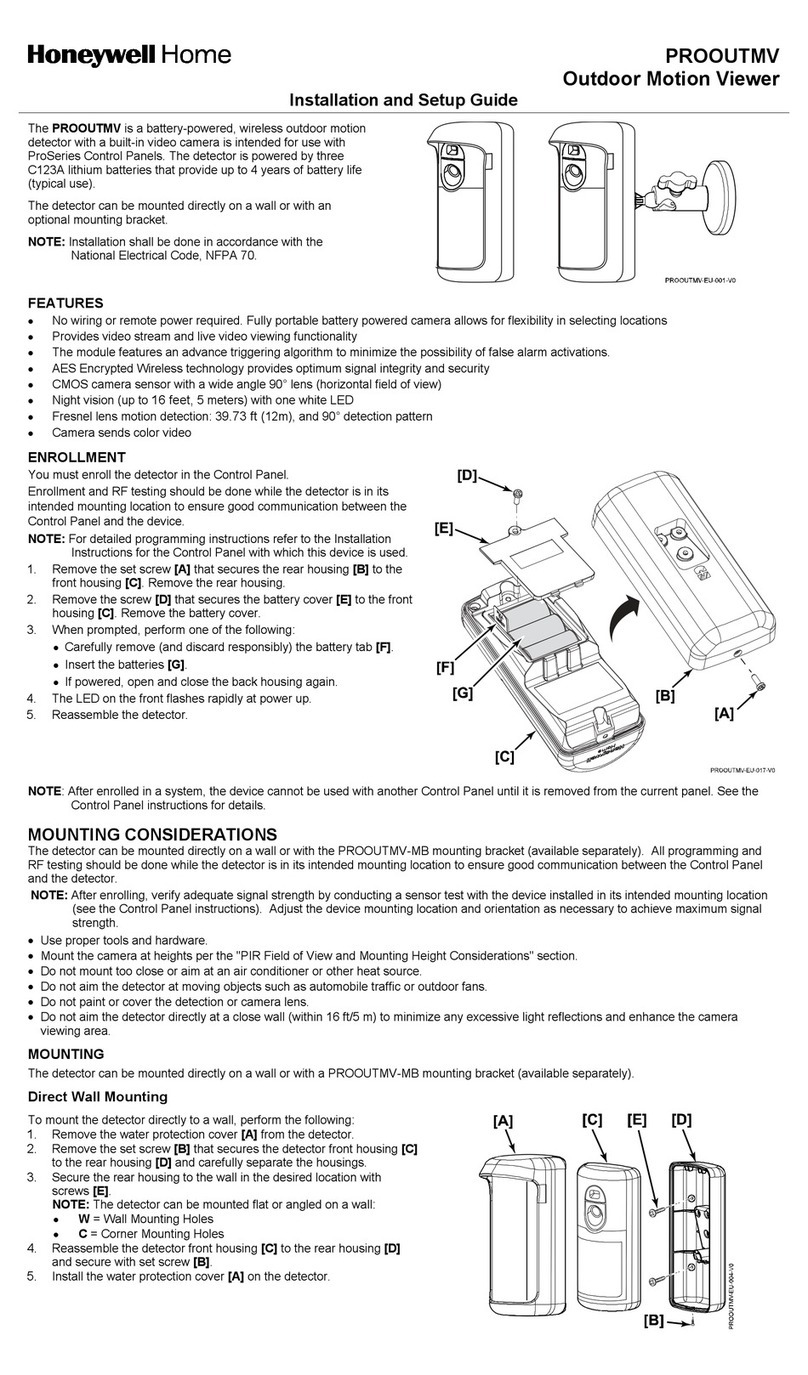
resideo
resideo Honeywell Home PROOUTMV Installation and setup guide
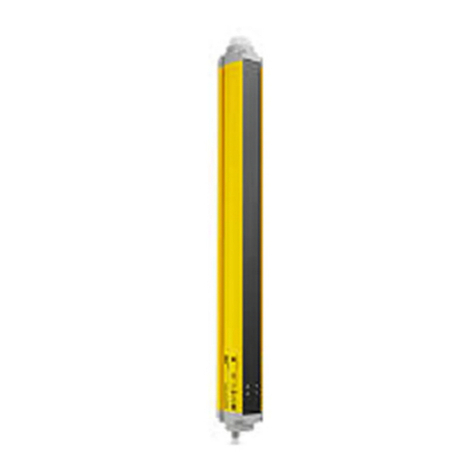
ABB
ABB Orion3 Extended Excerpts from the original instructions

Permalert
Permalert PAL-AT Series operating instructions

Dräger
Dräger X-zone 5000 manual
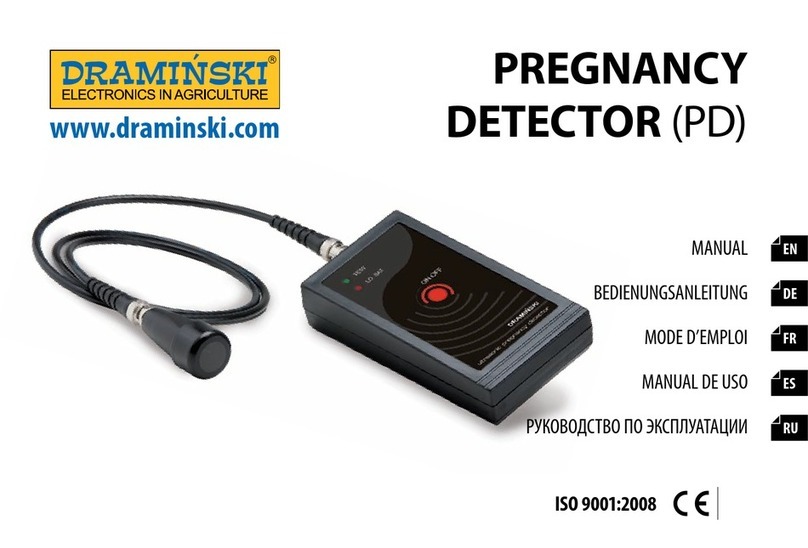
Draminski
Draminski PREGNANCY DETECTOR manual

ESYLUX
ESYLUX PD 360/8 Basic Detailed operating instructions
